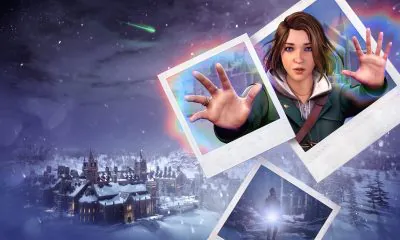Life is Strange: Double Exposure Review (PC)

After 2015’s Life is Strange, fans have been holding their breath, hoping that there will be a sequel that will somehow catch lightning in a bottle once again. And there have been more games in the series, from prequels to remasters. 2021’s Life is Strange: True Colors was impressive, at least in the sense of the stunning graphics and character development implemented.
It’s quite interesting, seeing as the first game was developed by Don’t Nod, a studio that proved to be a master of pulling the heartstrings in ways evocative storytelling games have struggled to achieve. And now, Deck Nine has taken over the development of the series from 2017’s Life is Strange: Before the Storm. This was the studio’s first venture into the narrative adventure space. And, unfortunately, you can tell that they are still gripping onto the training wheels of properly tearing through the soul of players – in a good way.
For some fans, they desperately want Don’t Nod to return. However, perhaps the recently released Life is Strange: Double Exposure is the redeeming force of Deck Nine, and the series as a whole. Well, let’s find out just how worthwhile the newest entry in the series is in our Life is Strange: Double Exposure review below.
Different Town
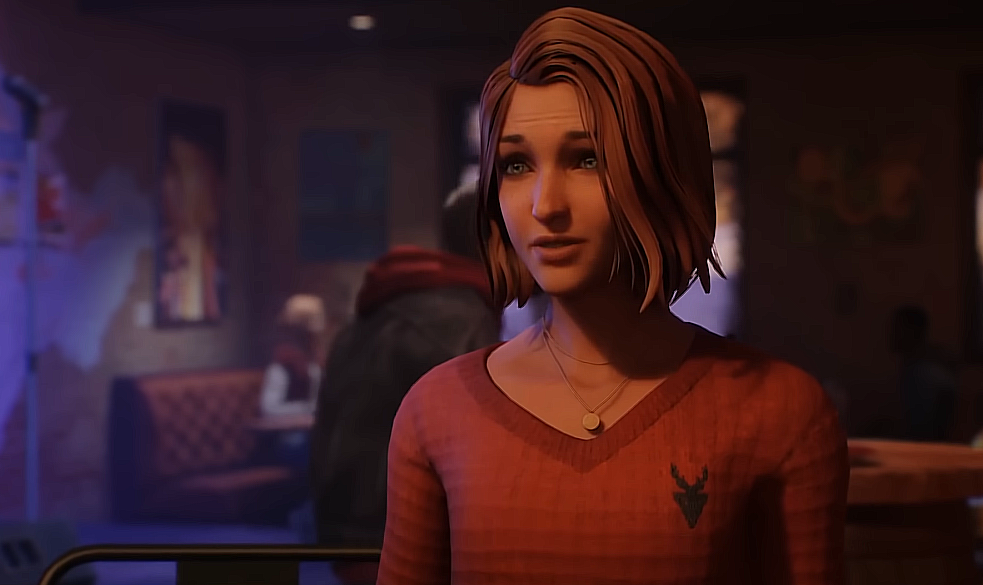
If you’ve played the first game, you’ll come onto Life is Strange: Double Exposure with high expectations of emotional and thought-provoking storytelling. However, if you’re a newcomer to the series, then you’re probably looking for a pleasant time grappling with the interactive adventure, immersive exploration, and light puzzle-solving elements of the gameplay.
Both groups of players are in for a surprise in that Life is Strange: Double Exposure delivers on the extremes of excellently good but also concerningly terrible. Within those extremes, the game manages to deliver a decent experience that only barely manages to carry you through to the finish line.
It can feel like a rollercoaster when you’re introduced to a hella intriguing premise. Max Caulfield, from the first game, returns, this time ten years older. She’s in a different town, although still carrying the scars from the tragedies that took place in her hometown of Arcadia Bay, Oregon. While learning to heal and navigate trauma, she adjusts to the new life of a photographer-in-residence at Caledon University in Lakeport, Vermont.
Same Tragedy
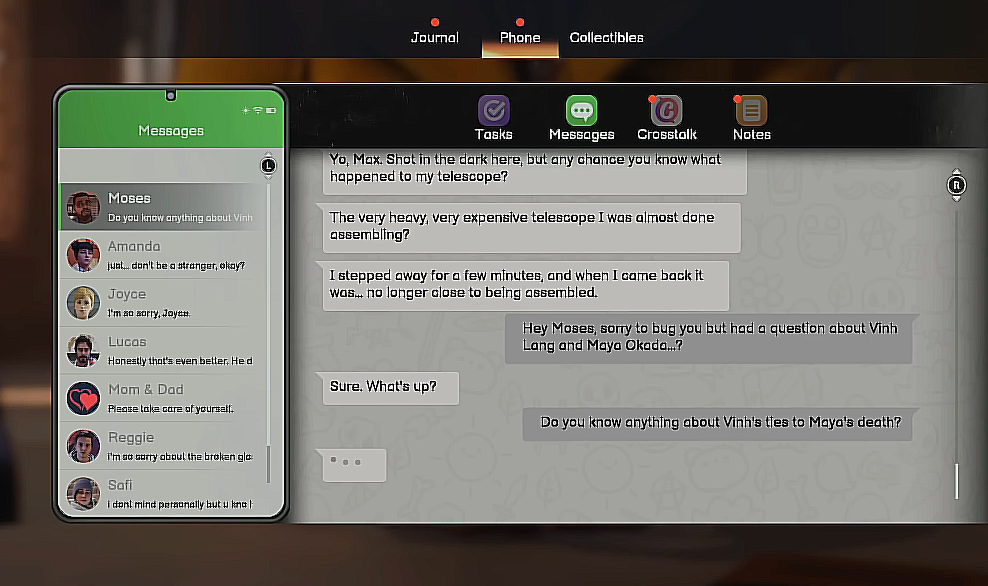
Along with her career, she also has a new circle of friends, among them her new best friend, Safi, and colleague, Moses. And before you ask, yes, Chloe does make an appearance, albeit via text messages and social media posts. You do still keep in touch with your former life in Arcadia Bay, following the lives of the survivors of the storm if you chose to save your hometown or the loss and grief of Chloe, your high school best friend (or lover, depending on who you ask).
And sure, there could have been a lot more fleshing out of Max’s ties to her hometown, even as she navigates her new life. The relationship between Max and Chloe was the epitome of evocative storytelling that made the first game such a masterpiece. However, it’s also sensible that Deck Nine chose to explore a new path.
The studio wants to stand on its own two feet, giving us a host of new characters and environments with which to fall in love. Unfortunately, the new characters and environments never quite reach the same level of ingenuity and cleverness the first game achieved. It barely uses heavy themes and relatable story arcs to draw you into its story – to make you care.
Sure, Life is Strange: Double Exposure is engaging. The first two chapters, for one, are a gem with pretty neat twists and turns. You find your best friend, Safi, lying dead in the snow. And while the game never really gives enough time to bond with Safi, so her death doesn’t really feel as impactful as it should, it does invoke a strong murder mystery.
Whodunit?
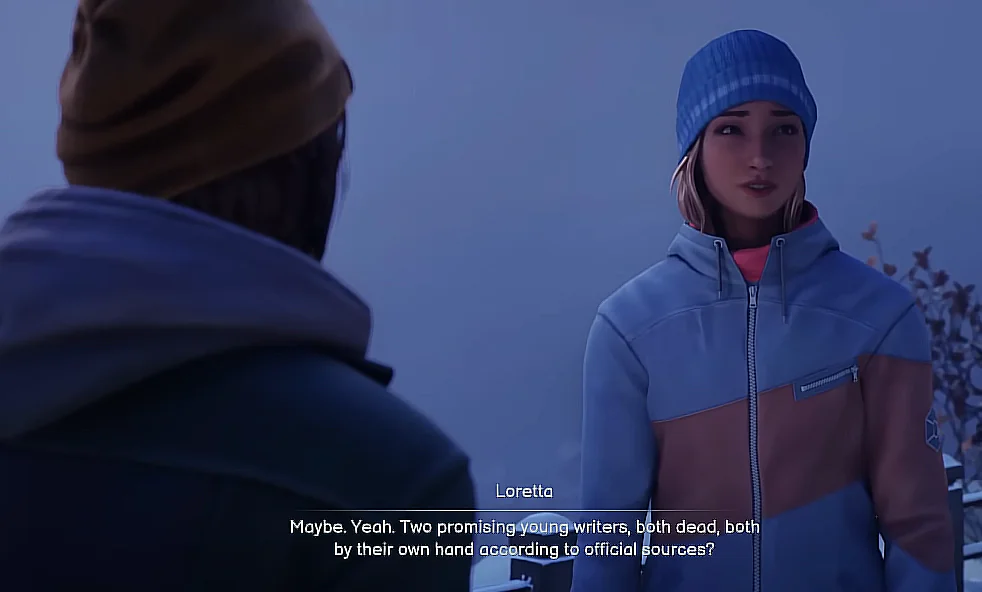
Safi’s death sends Max into a downward spiral, asking the age-old question: whodunit? You could be tempted to travel back in time to solve the case using Max’s powers from the first game. However, it seems she’s refrained from using her powers after the tragedies in Arcadia Bay, I suppose. But luckily, you stumble onto some new ones: the power to switch between two alternate timelines.
On the one hand, you have the dark and twisty timelines where Safi is dead, and the characters are grieving over her loss. There’s also an unhinged but well-written and well-acted detective constantly getting in your way of solving Safi’s murder. On the other hand, there is the warm and Christmassy timeline, where Safi is still alive. However, your best friend is still in danger. And on top of that, there are increasingly strange and supernatural things happening.
This sets the stage for an engrossing narrative with an exceedingly high potential to keep you on the edge of your seat. Unfortunately, you’re only engaged with the story and its characters for the first two chapters, after which the narrative descends into a complex web of inconsistencies and non-sensical endings. The characters themselves are quite interesting. You have Max, the protagonist, ever so quirky and a little bit weird. Her character from the first game remains intact, even as she takes the time to think through scenarios before jumping the gun.
Support System
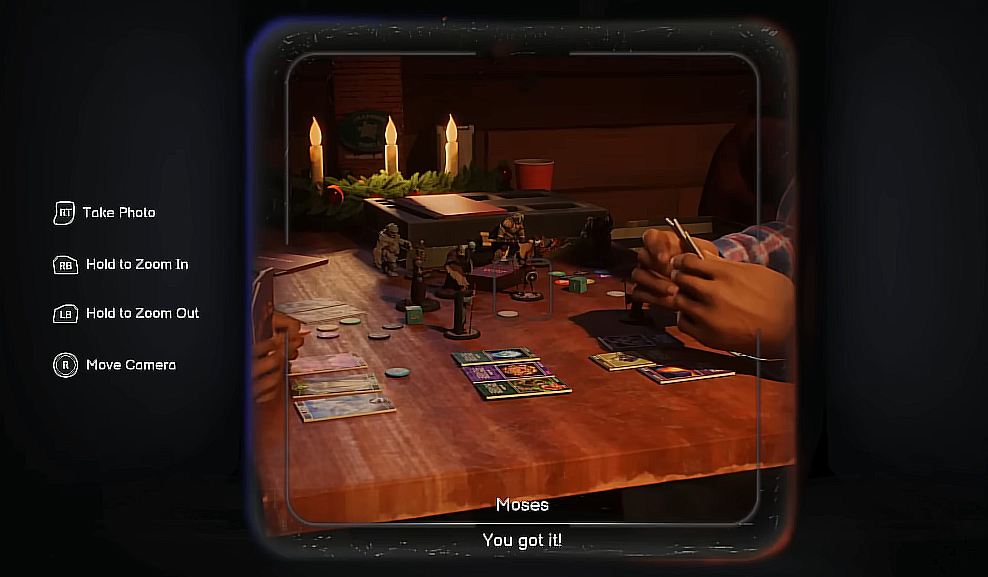
And then there are the side characters, who are a balance of impressive and disappointing. Some characters like Moses feel relatable and well-written. Others like the detective, feel under-utilized, like they could have made some pretty exciting villains. Safi, the centerpiece of the murder mystery, does have her own special intrigue that builds up over time.
However, for some puzzle pieces, you may have to chase them down text messages and social media posts, which, just like in real life, can be frustrating when keeping up with the constant ping of incoming notifications. If you look hard enough, searching through every nook and cranny, you should fill the gaps in the story quite well.
Life is Strange: Double Exposure has, in this way, maintained the nuggets of wisdom the series is known for, dispersing vital information in crevices and dialogue. You may have to eavesdrop on conversations to get extra pointers, for instance. Seemingly small things like these make exploration a much more engaging venture.
Could Have Been More

And yet, you can’t help thinking that there could have been more. More puzzles, more stories, more exploration of environments brimming with life. Most of your exploration is restricted to the campus area, which is often barren with empty hallways and uninteresting decor. You never explore beyond the campus, and comparing the university to Arcadia Bay, you can’t help spotting the difference in blossoming life.
The same goes for the character development and overall storytelling. Some characters do receive intriguing plot points, but they feel scarcely developed. Max can develop a relationship with a boy and a girl. However, the relationships you can develop never bloom into powerful forces of nature. Instead, Max remains the focus of the story, grappling with her own growth.
Then, there are the choices you can make while unraveling the story. These were the pillars that made the journey through Arcadia Bay personal and with high stakes of the outcome. But in Life is Strange: Double Exposure, the choices you make hardly carry lasting consequences. They barely affect the outcome, which drastically demotivates taking on a second playthrough to discover alternate pathways.
If It Ain’t Broke
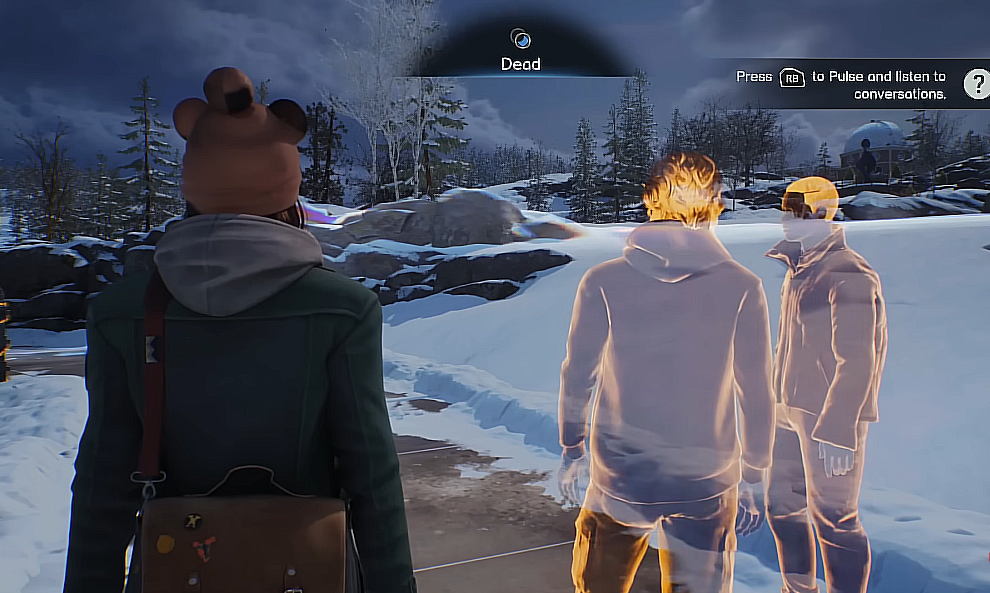
On the gameplay front, you shouldn’t expect anything too profound. Life is Strange: Double Exposure focuses its efforts on narrative adventures. And so the little gameplay you will enjoy is some light puzzling: nothing too difficult or complex. Within those, you’ll find ones that require taking items from one timeline into another. However, this mechanic is never used to the fullest potential possible.
The same goes for interactive exploration, where objects you can interact with can be conspicuously absent. Sometimes, interactivity boils down to Max looking at an object and saying something. She could say what the object means to her, and then moves on. And, well, that can only do so much to keep you glued to the screen. But these are all commonplace in the Life is Strange series. The question is, does Double Exposure do enough to carry the torch forward?
Verdict
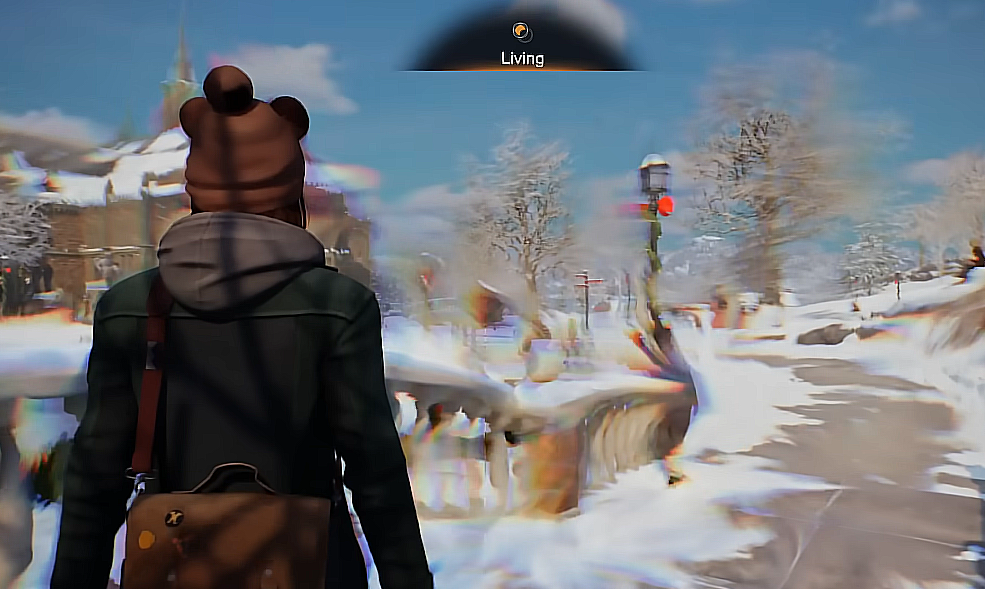
In many ways, Life is Strange: Double Exposure is very much what you would expect from the often emotionally provoking series. It tugs at the heartstrings with heavy themes of loss and grief. But also showcasing immense growth in Max after the tragedies that befell her hometown. However, there feels like a lot of missed opportunities in the character development and overall gameplay.
You don’t connect as deeply to the characters here as we did in the first game. Neither do we feel attached to the world the game portrays. There’s a little bit of great and a little bit of terrible. It results in a balanced outcome that fans of the series may appreciate a lot more than newcomers.
Life is Strange: Double Exposure Review (PC)
Mixed Emotions
Perhaps it’s the high bar set by the first game that makes Life is Strange: Double Exposure seem terrible in comparison. But newcomers may also find the technical aspect of the game wanting. Still, there are solid elements to appreciate here, among them Max’s ever-persistent quirky, well-acted and well-written character. She carries the game on her two shoulders, and lets touches of stunning graphics and intriguing twists and turns keep the game engaging enough to play through to the end.


